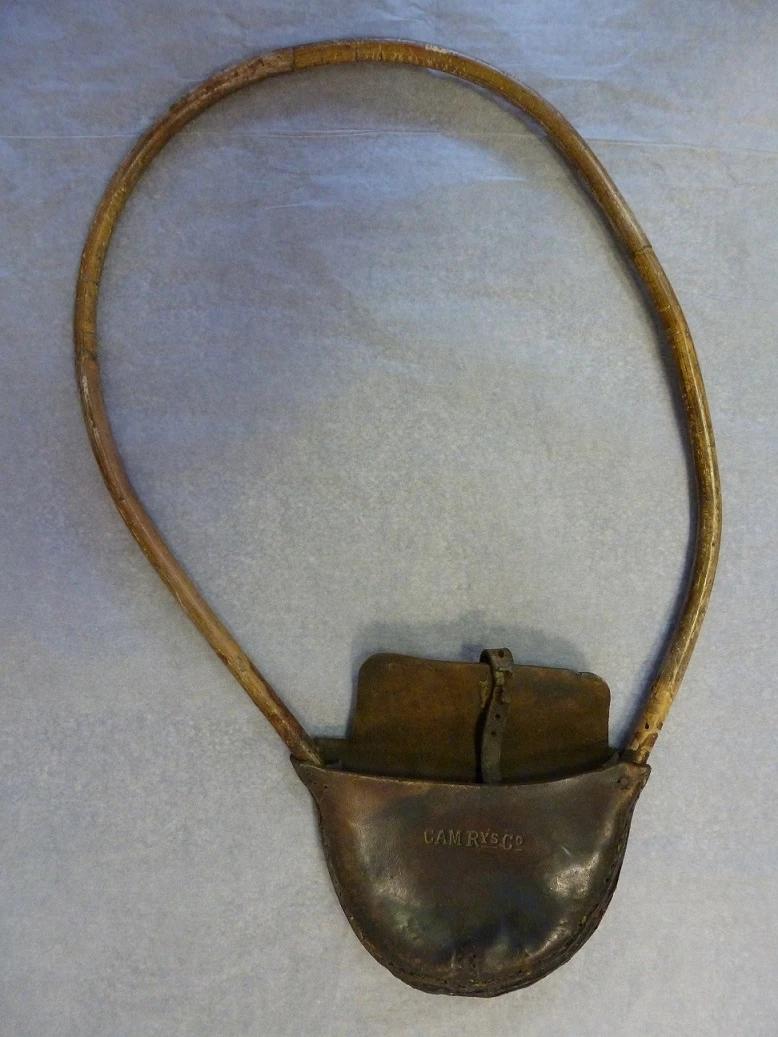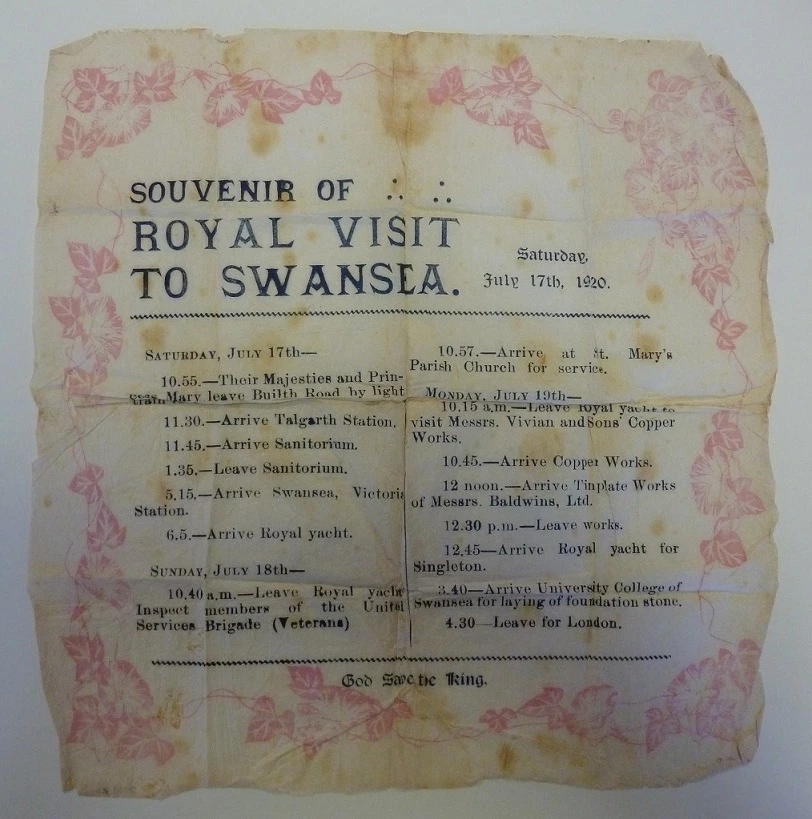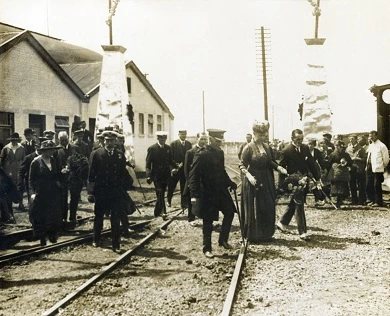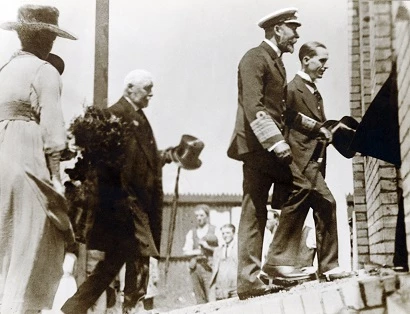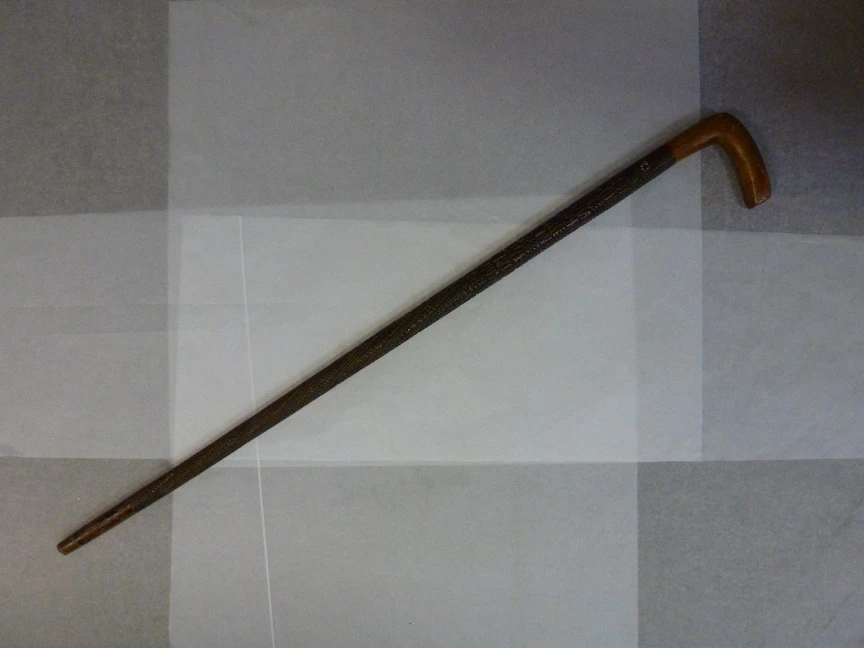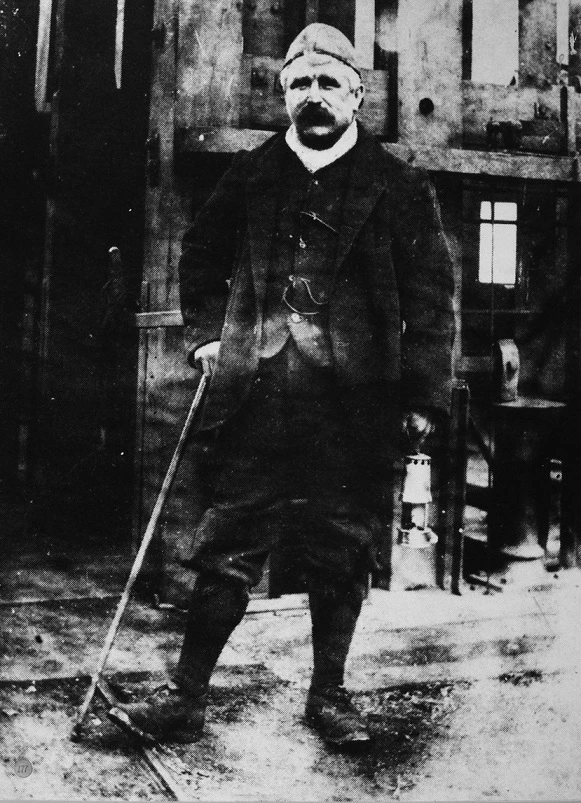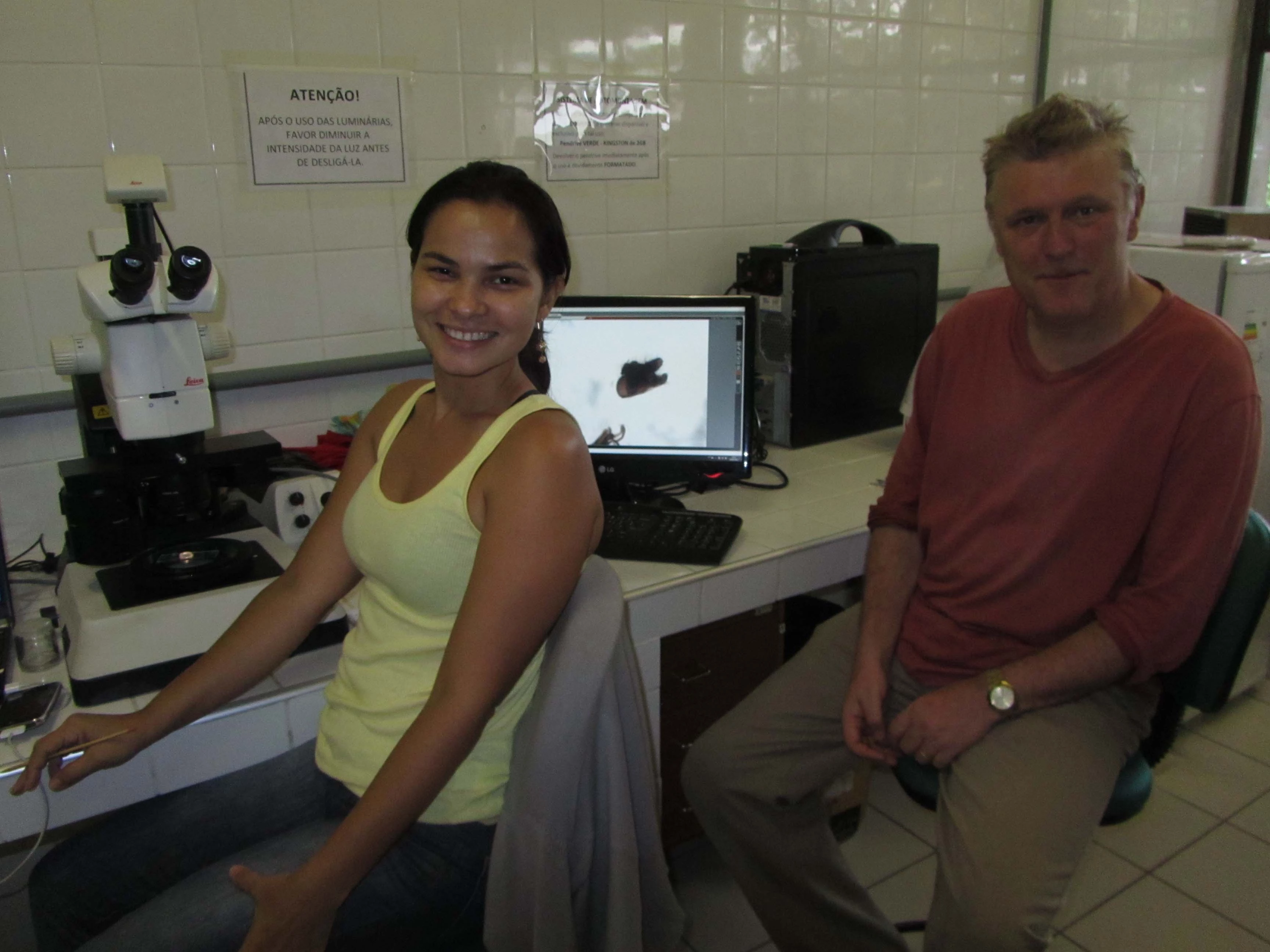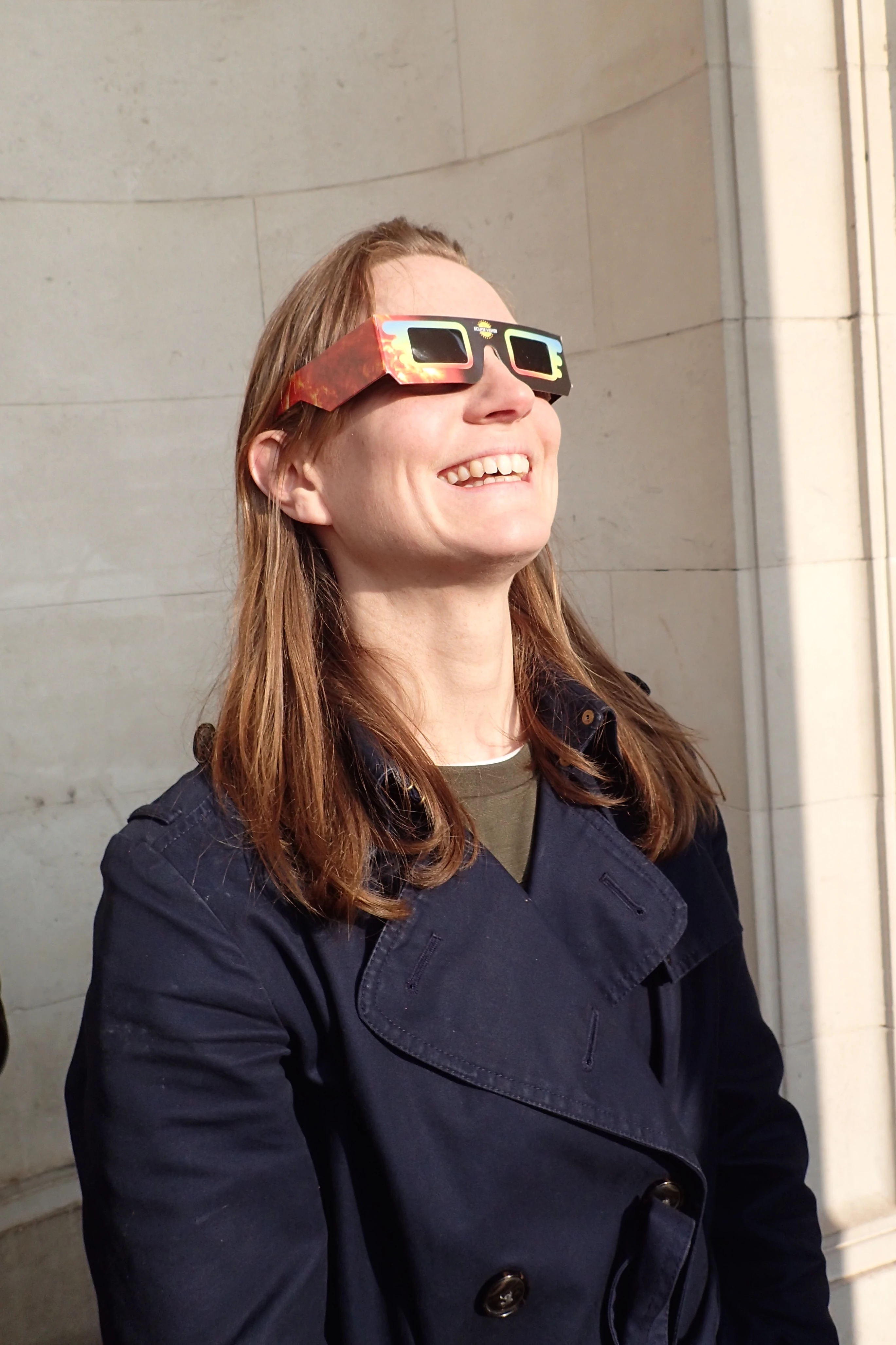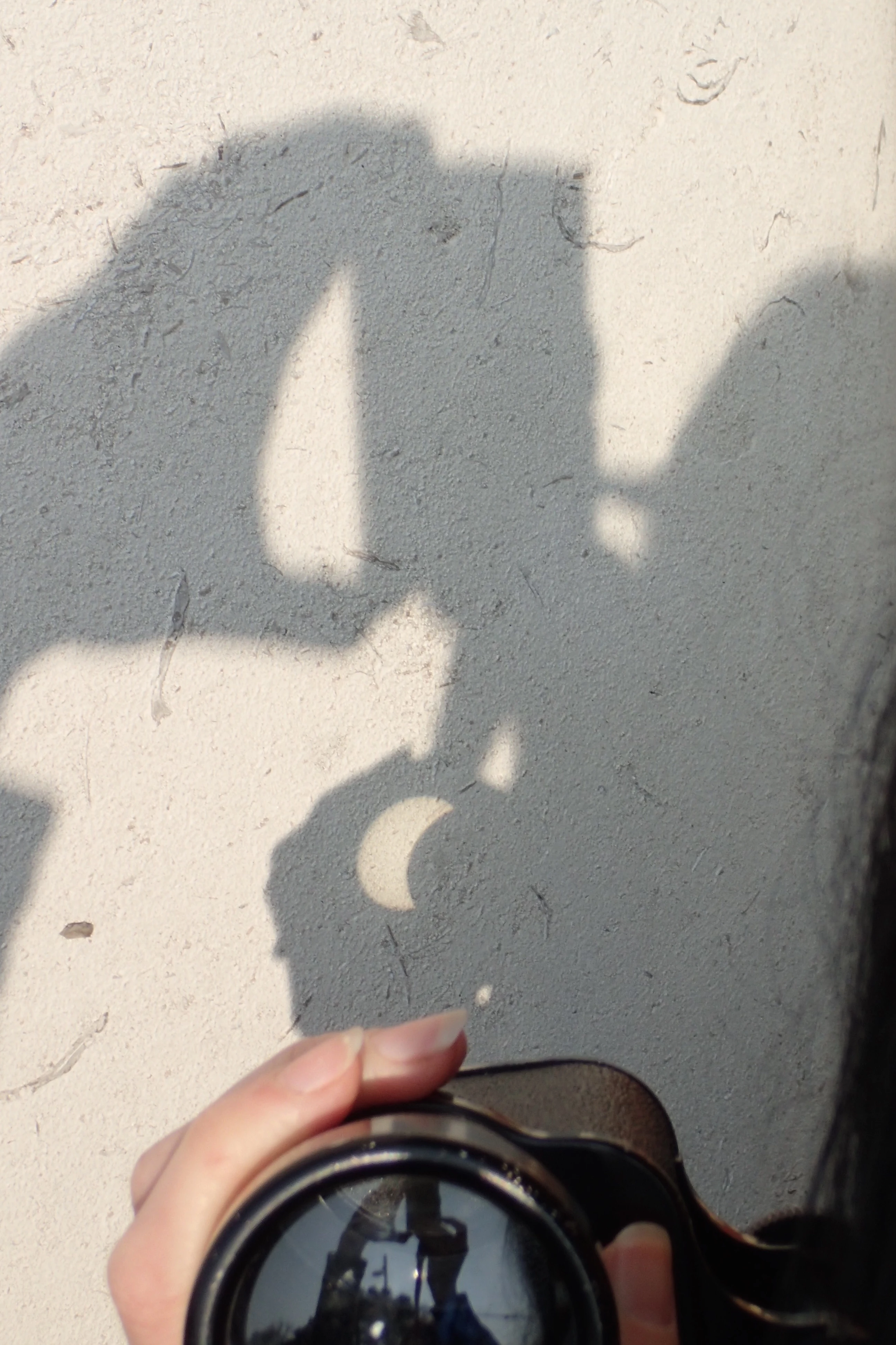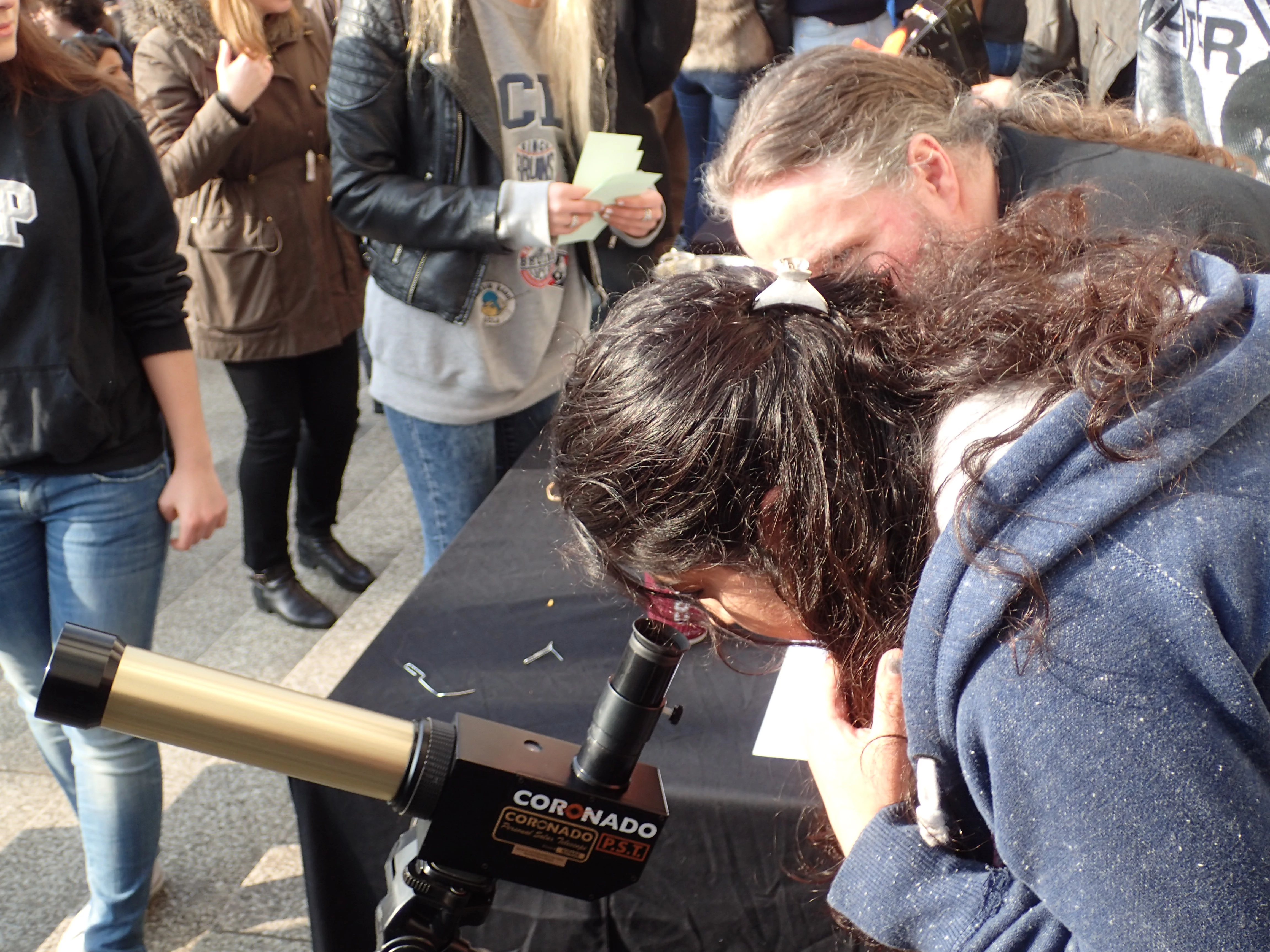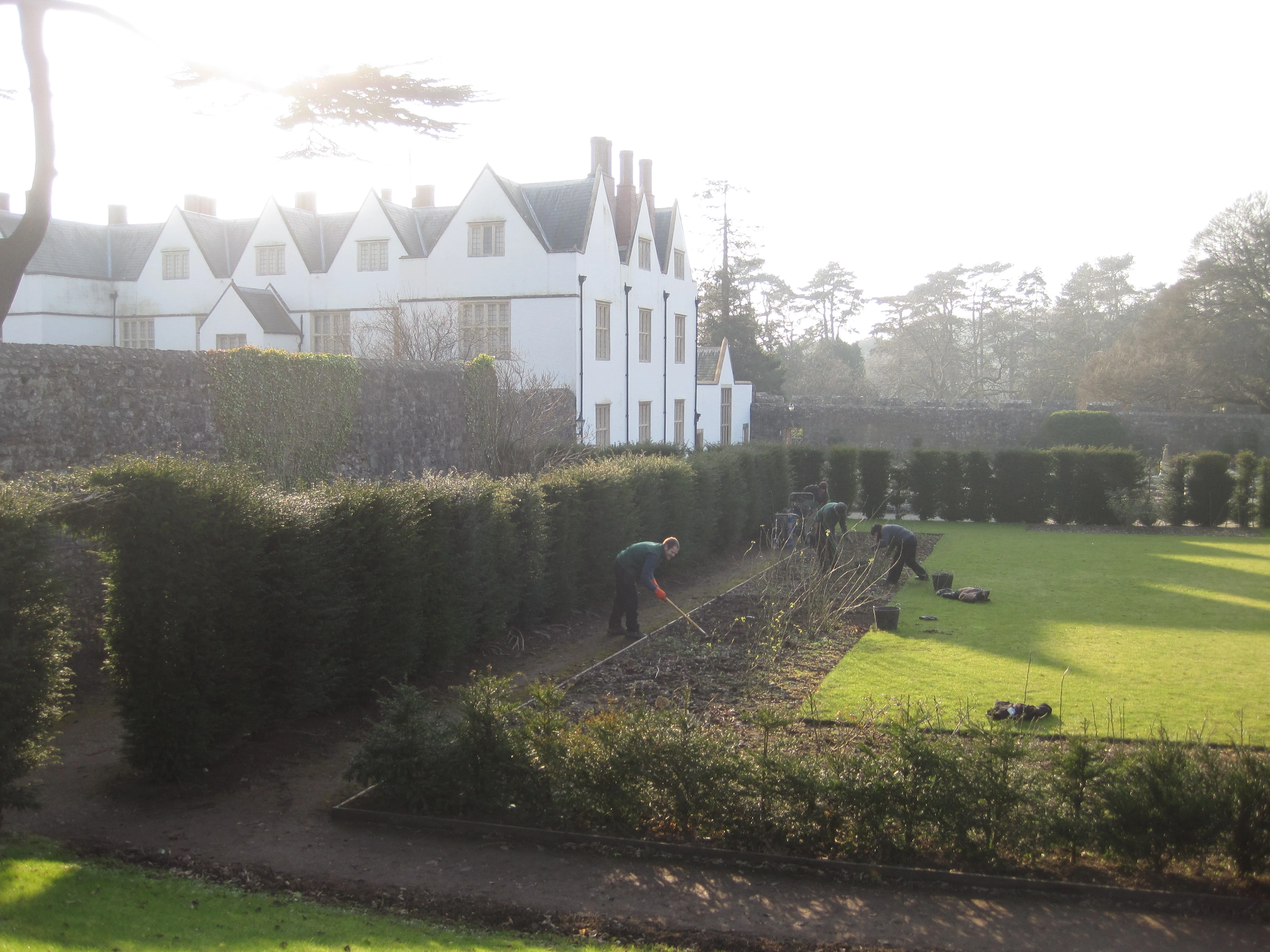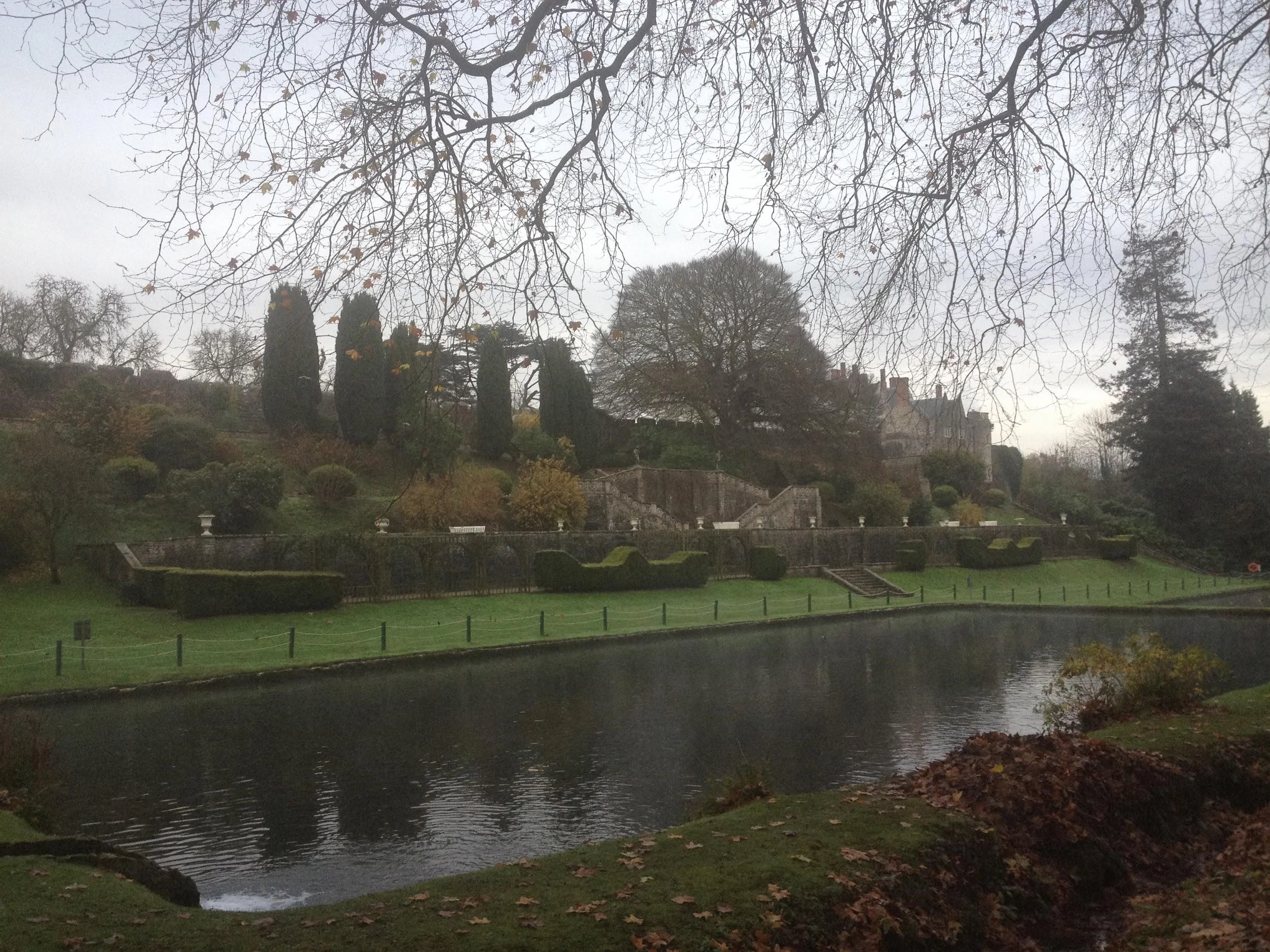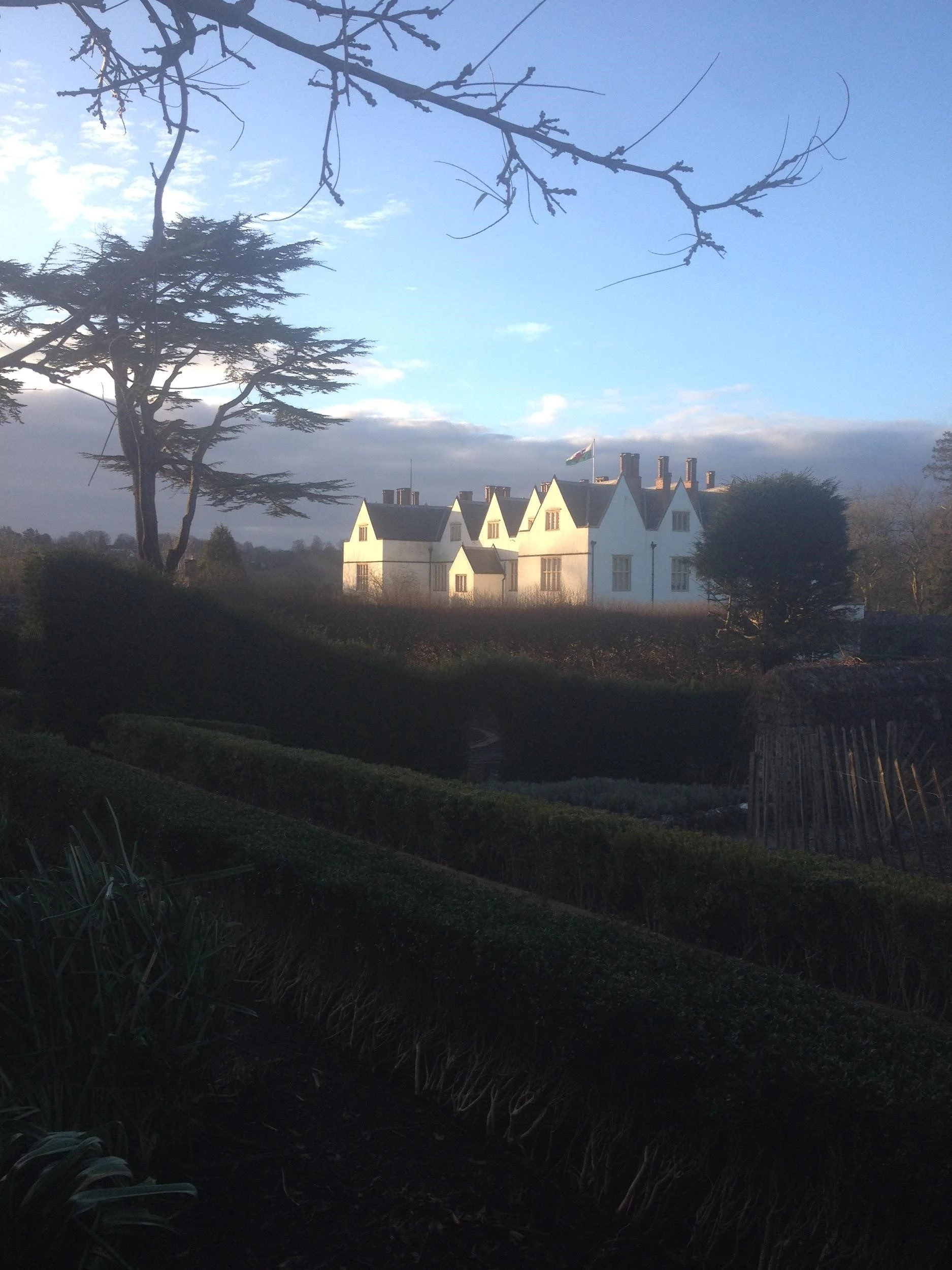Adrian in the Amazon - part 2
, 31 March 2015
Ecuador at last! Josemir Camara and I have now arrived in Quito, after a long dog-legging flight from Manaus up to Panama City and back down to Ecuador. While we arrange the logistics of our onward travels, we have a little time to explore some of the sights of the world’s highest capital city and to visit the insect collections at the museum of Quito’s Catholic University. The collections of museums around the World house a vast treasure-trove of knowledge and visits between curators of different museums can be significant in unlocking this knowledge for wider appreciation and usefulness.
Specialists such as myself and my Brazilian colleagues José Albertino Rafael and Josenir Câmara are able to provide insight into the significance of these collections, promote wider recognition of their value and significance as well as provide pointers to how their importance may be communicated to their own nationals. Of course we have a vested interest too - we get to see specimens of animals we have only ever dreamed of!
Sometimes we can arrange loans between our institutions to support our own research or to facilitate contact with others who have something to contribute to the understanding or interpretation of the collections. While it is certainly true that most of insect biodiversity has never been seen (or knowingly seen) by a human being, it is also true that a proportion of that unknown diversity is represented in museum collections and people like me and my Brazilian colleagues are in the very special situation of being able to recognize its importance.
